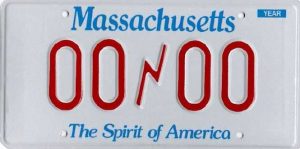If you receive an unfavorable jury verdict in a criminal trial, the good news is that you can appeal that verdict. Sometimes, though, even if the higher court grants your appeal, the State might appeal again, subjecting you to additional waiting and uncertainty. A recent case before the New York Court of Appeals serves as an example of this process, and in this case, even though the defendant got a favorable decision on his first appeal, he got an unfavorable decision from the second appeal when the court decided the prosecution’s error in his trial was ultimately “harmless.”
Originally, the defendant in this case was charged with first-degree assault and attempted murder. The defendant pled not guilty, his case went to trial, and a jury found him guilty of the assault. On appeal, though, the defendant argued that it was unfair for a police officer to testify regarding the victim’s daughter’s statements about the attack. Because the officer testified about the daughter’s statements, the defendant argued he was deprived of his right to cross-examine the daughter about what she said.
The Appellate Division agreed that this testimony was a violation of the defendant’s rights. It granted the defendant’s request and gave him an entirely new trial. The State appealed again, and the New York Court of Appeals then had to decide whether it was correct for the defendant to be given this new trial.
 New York Criminal Attorney Blog
New York Criminal Attorney Blog


